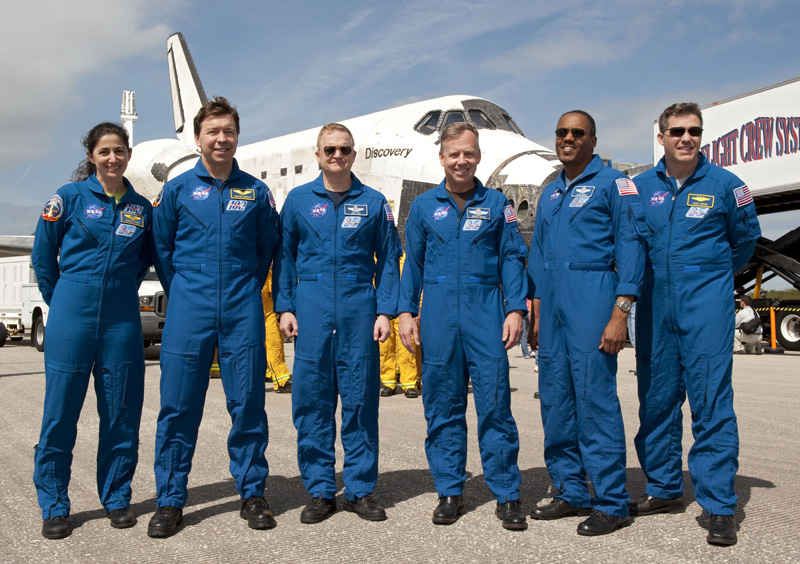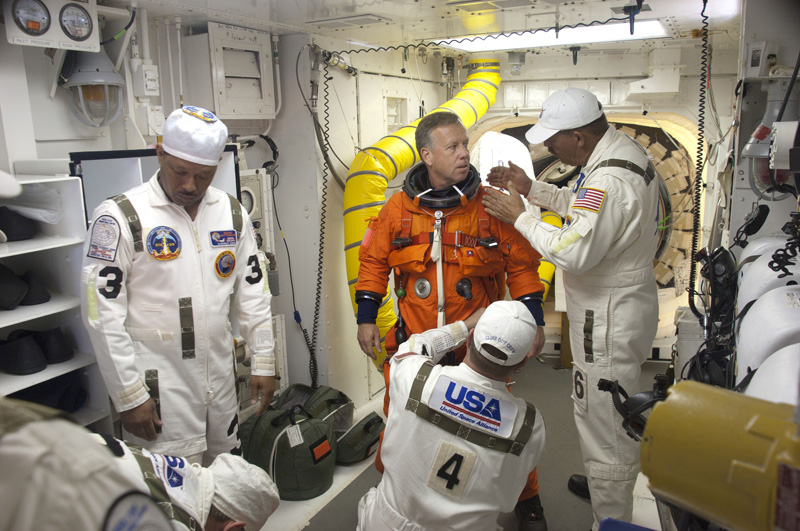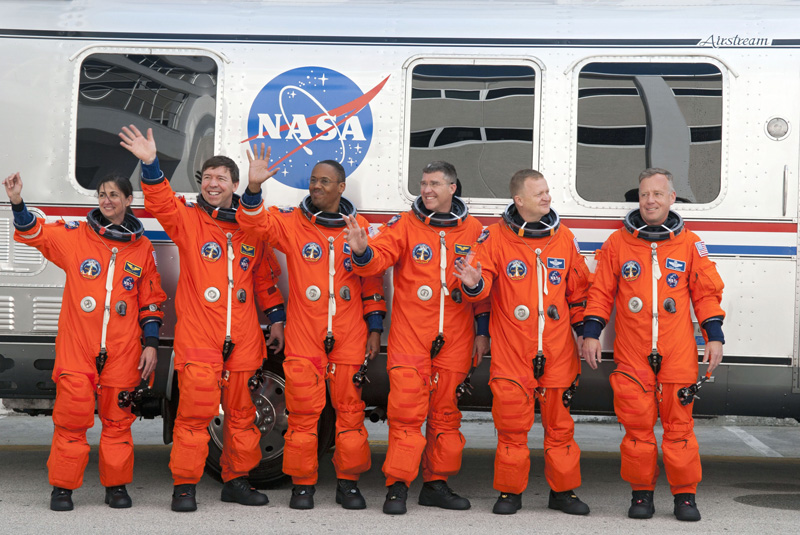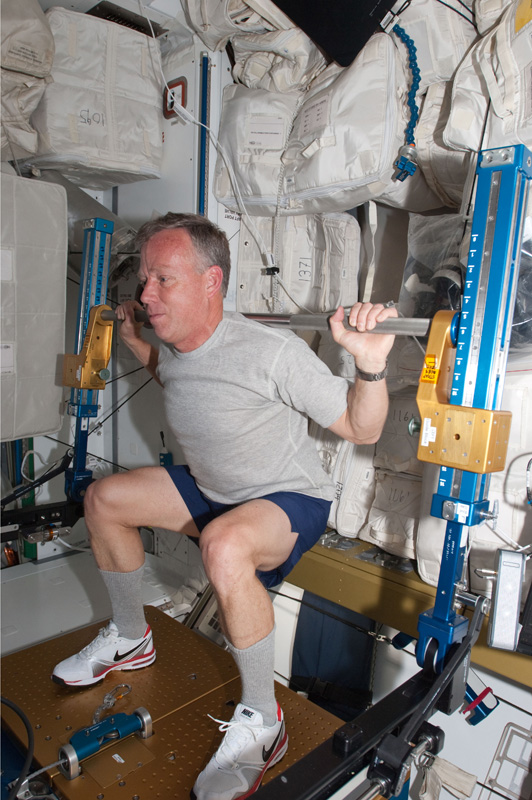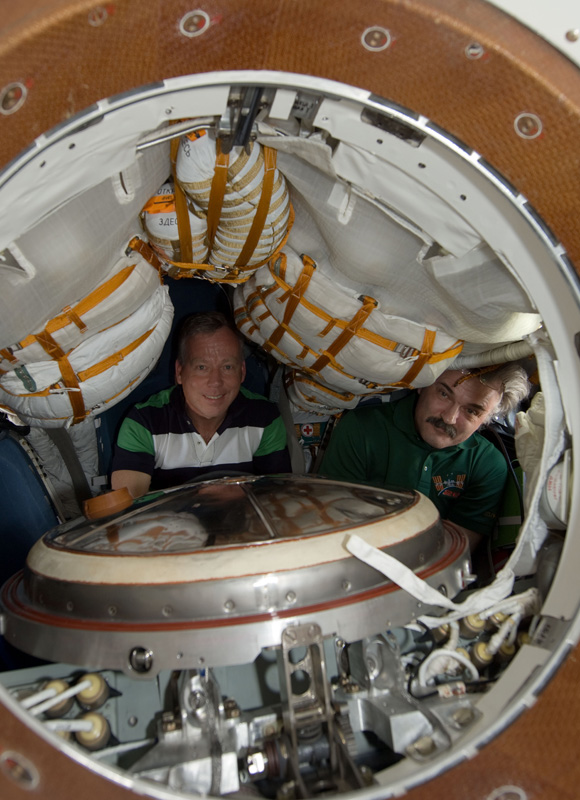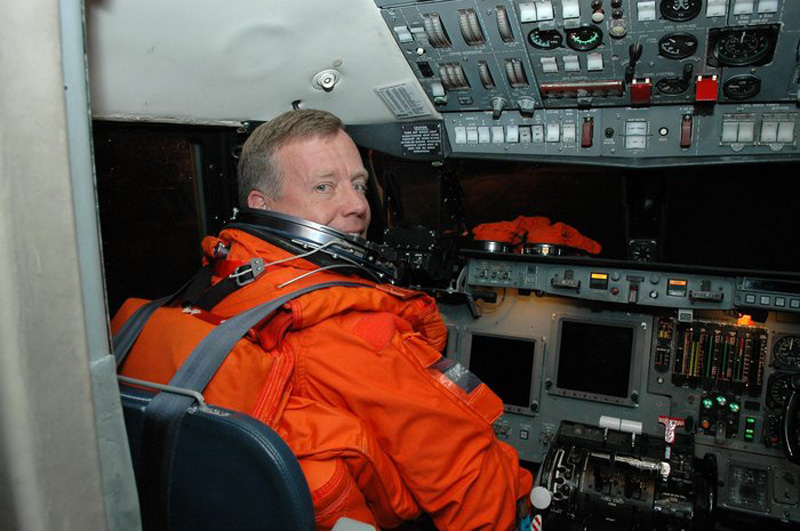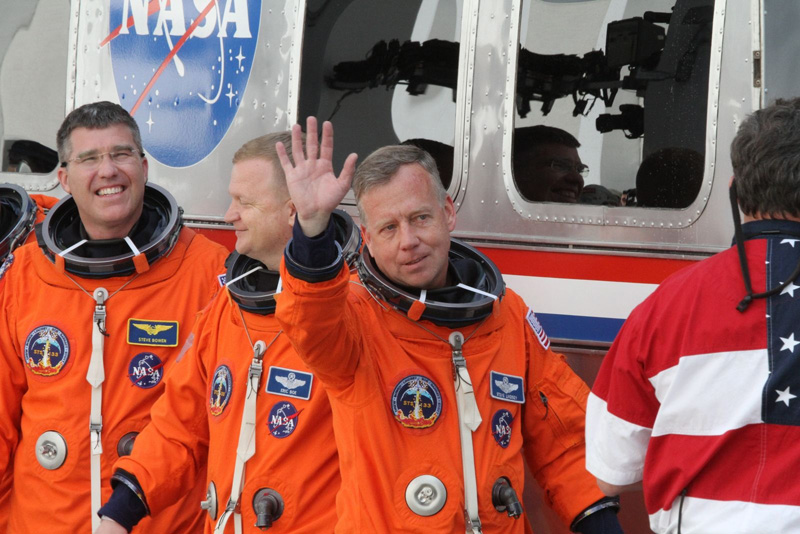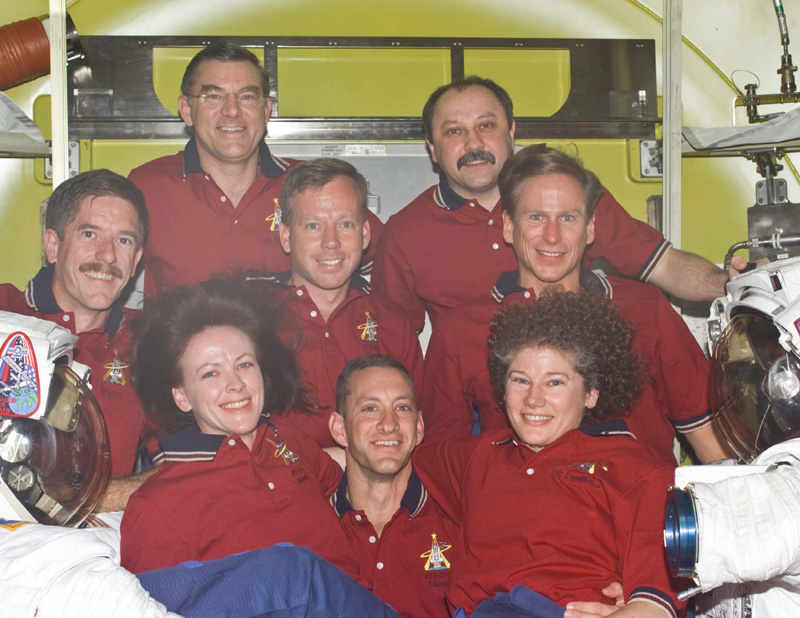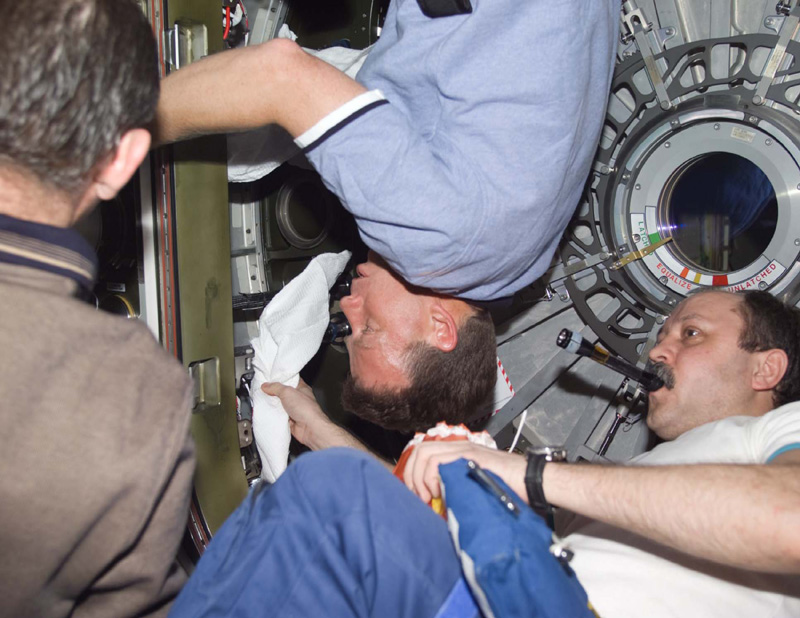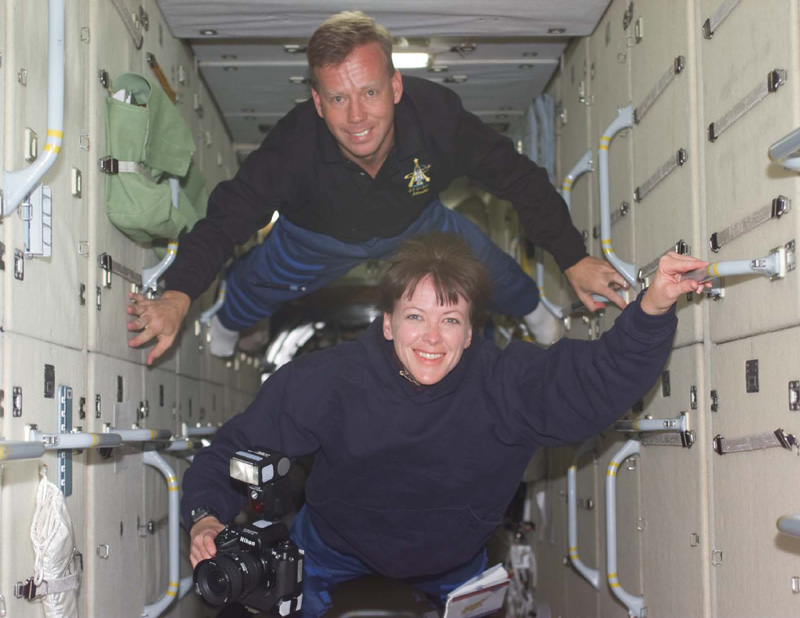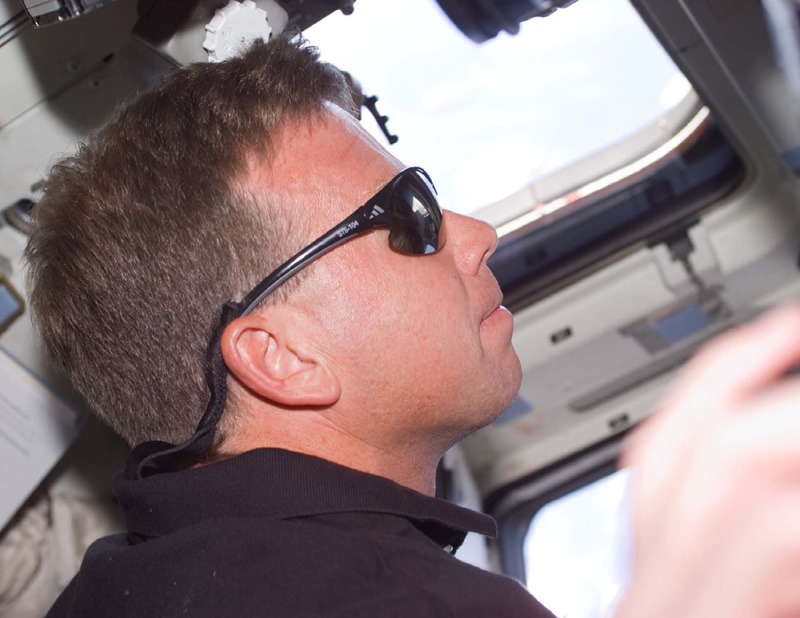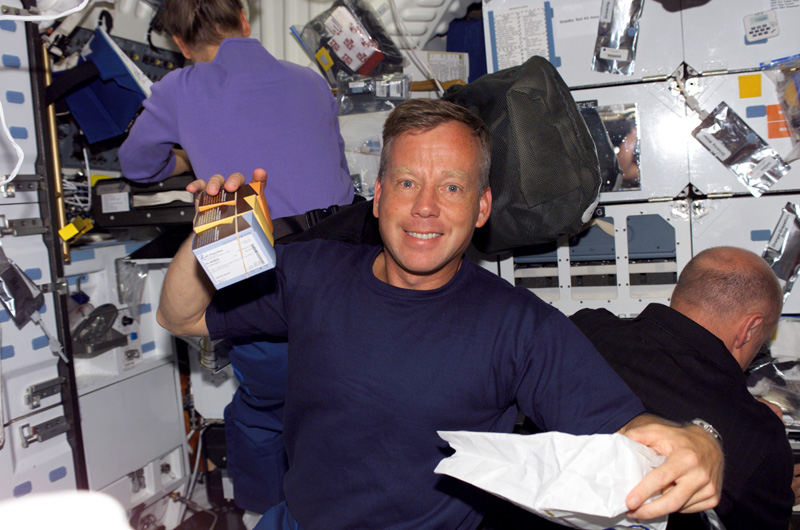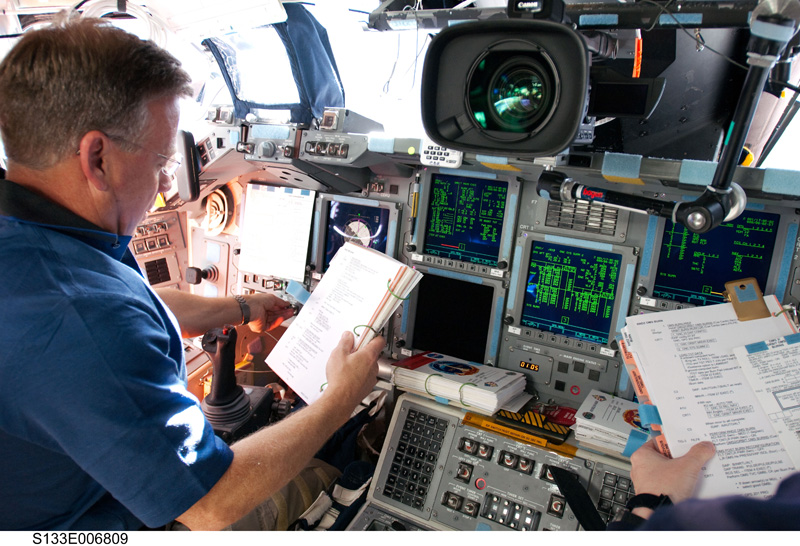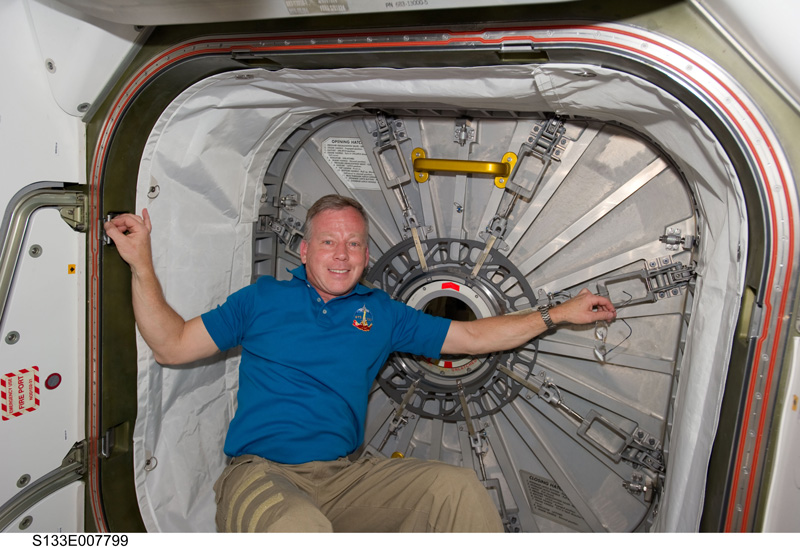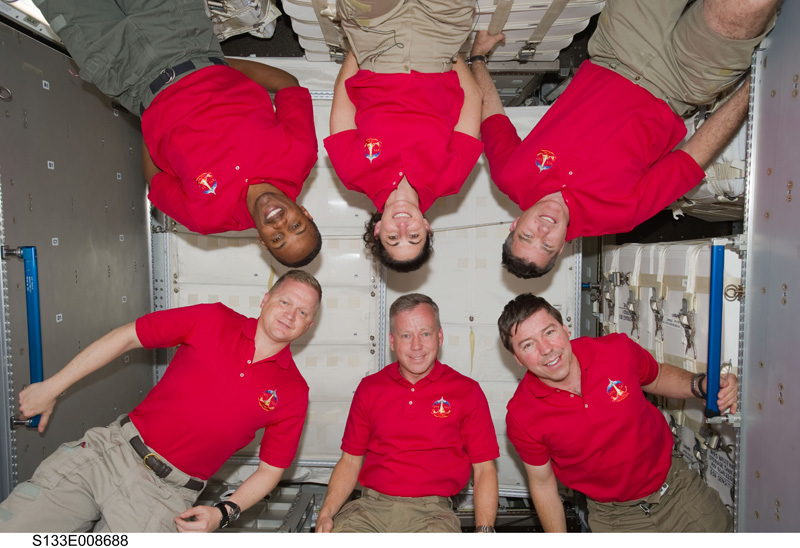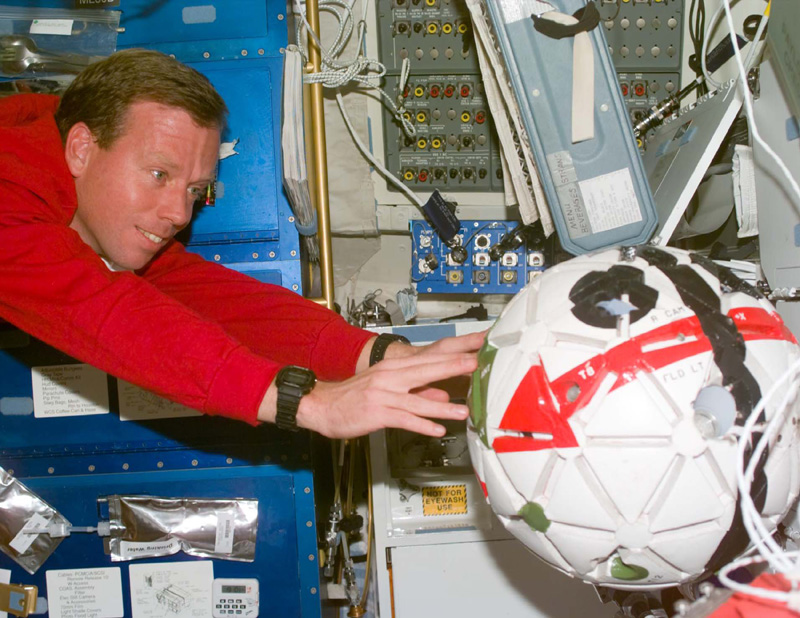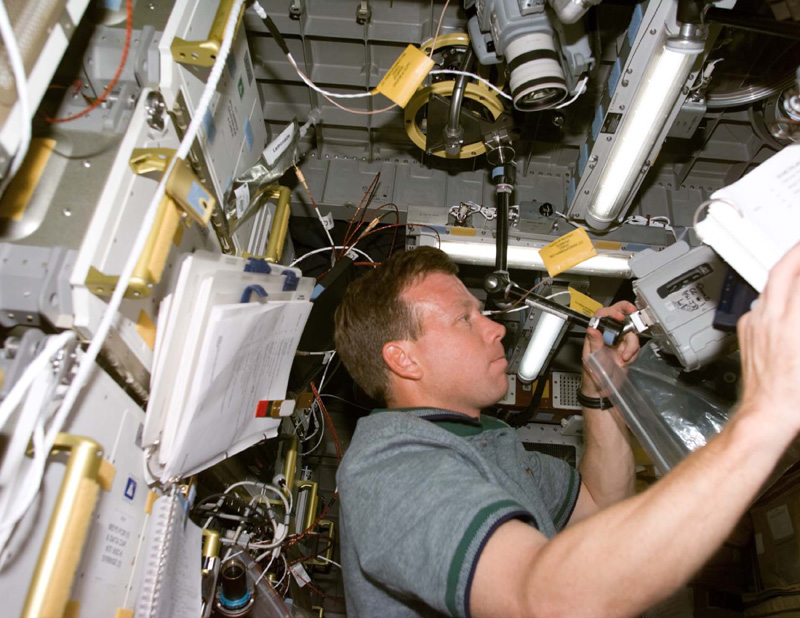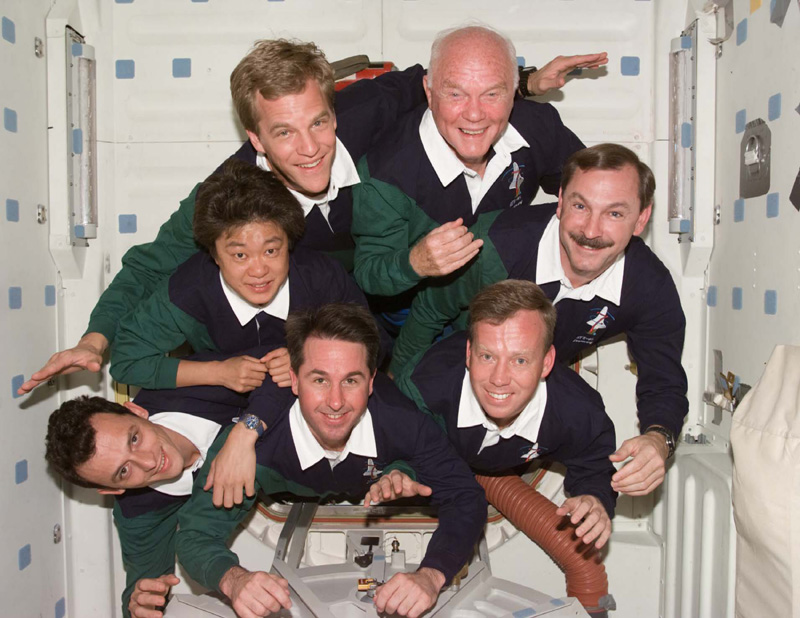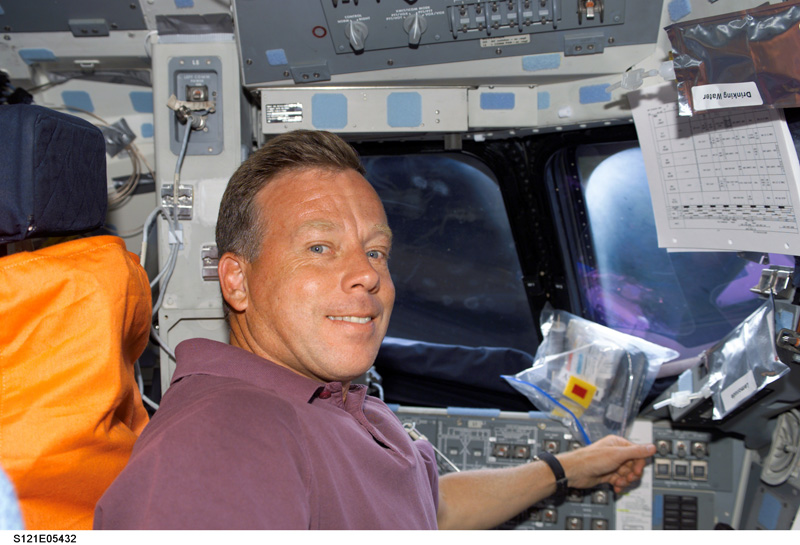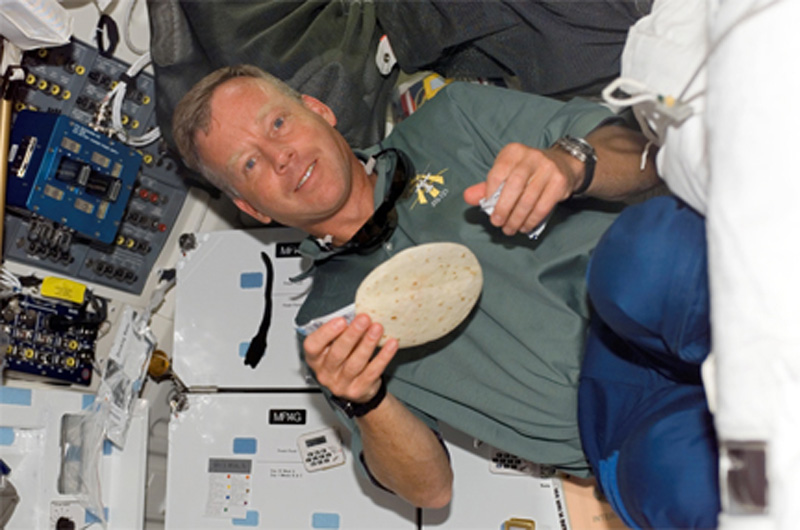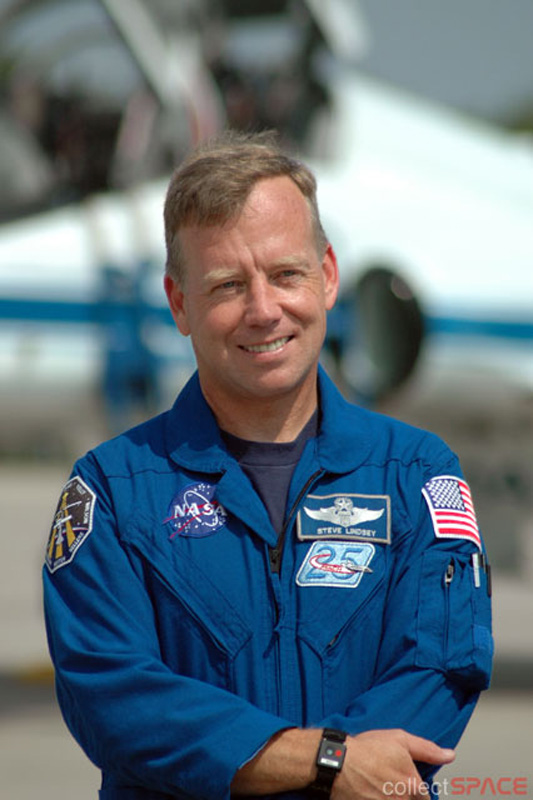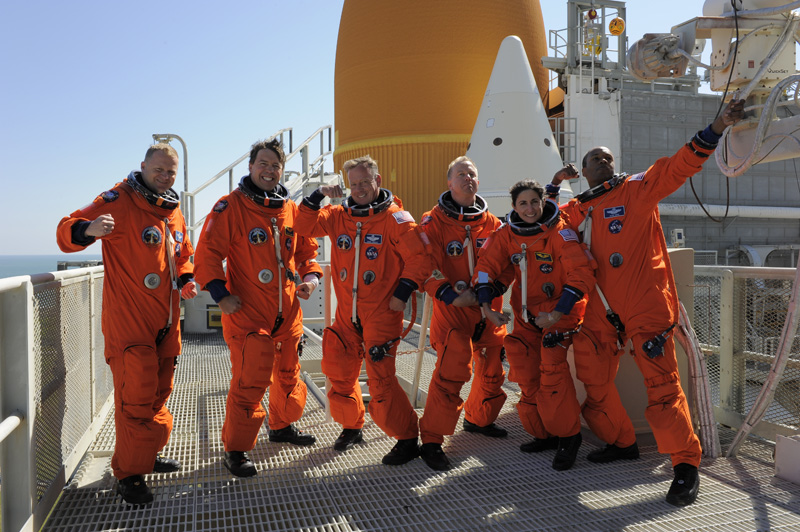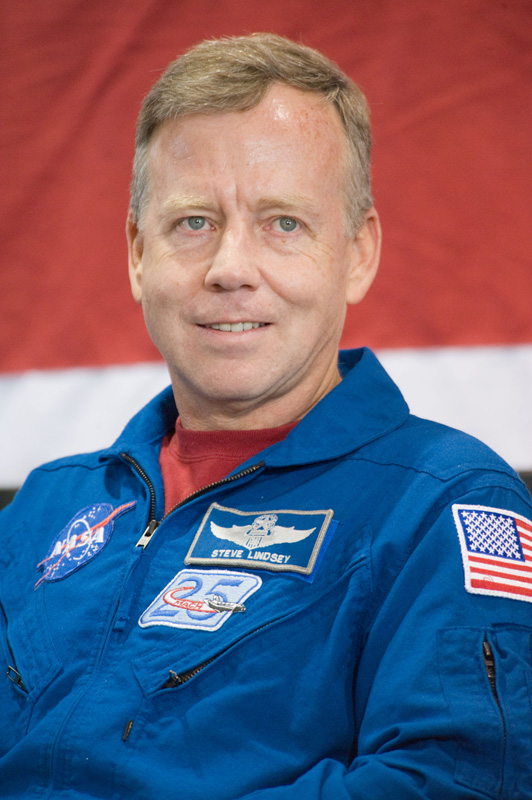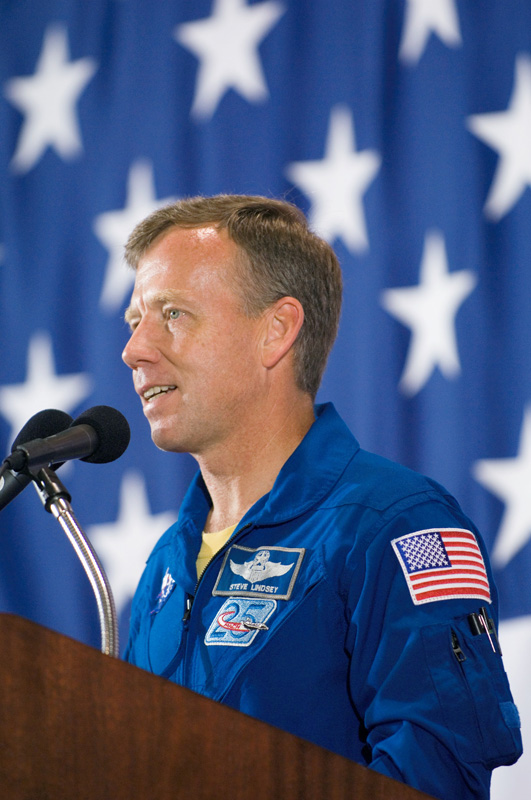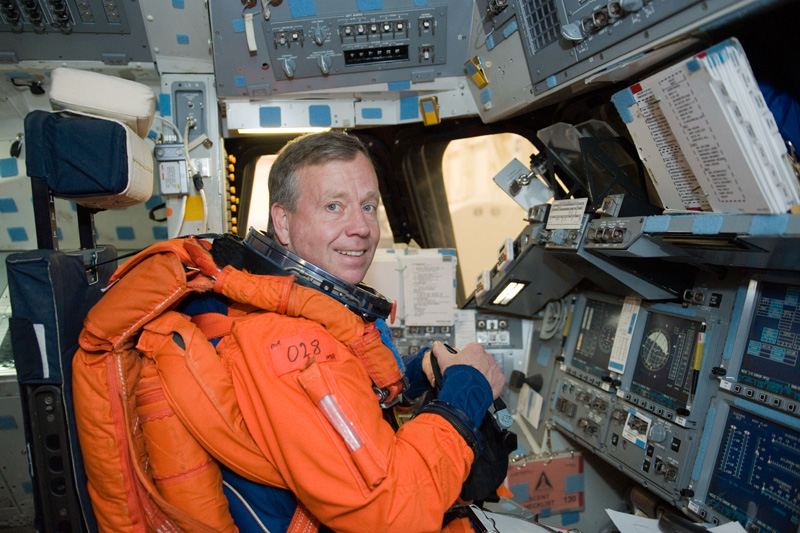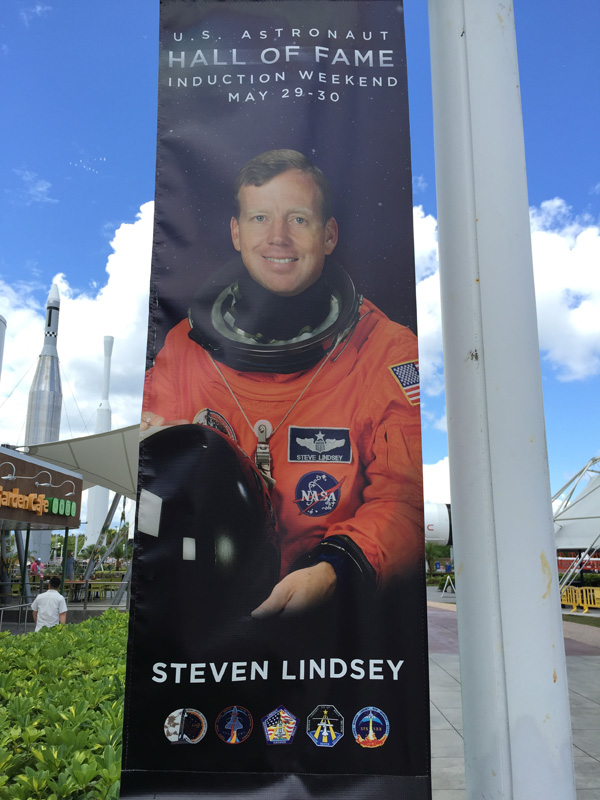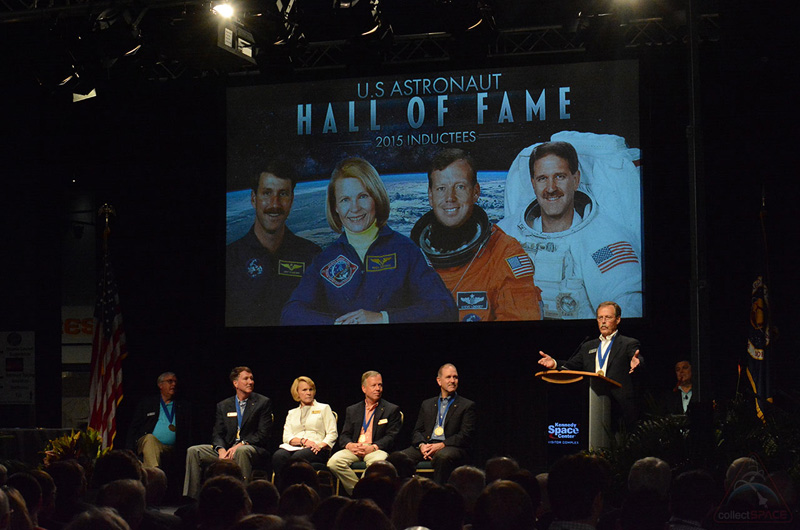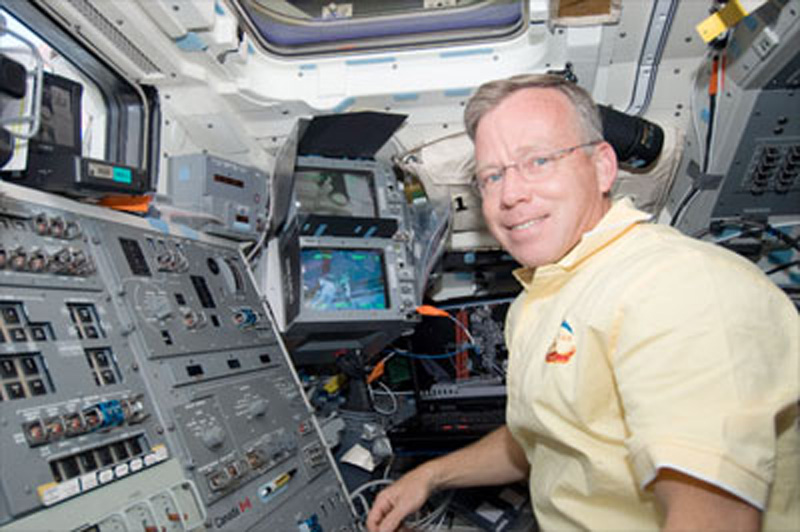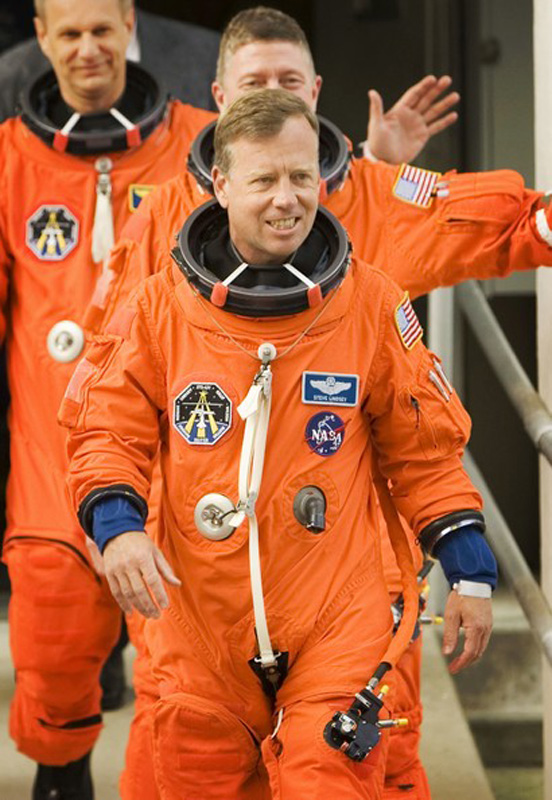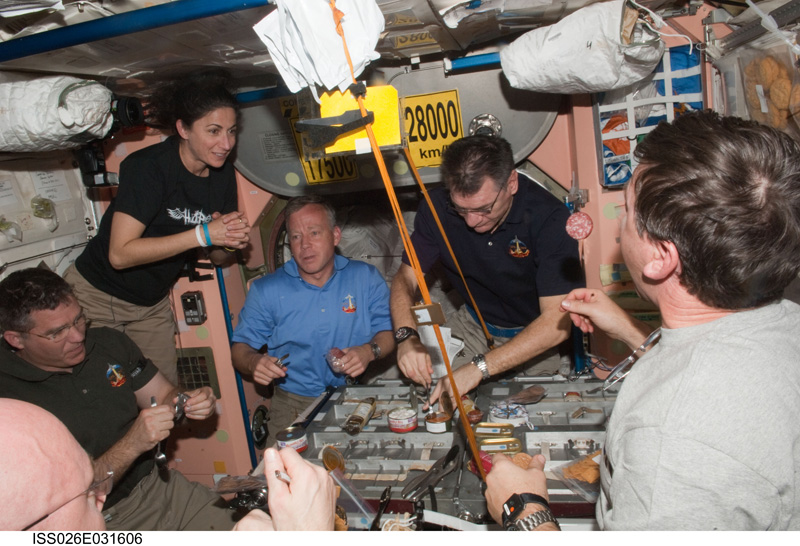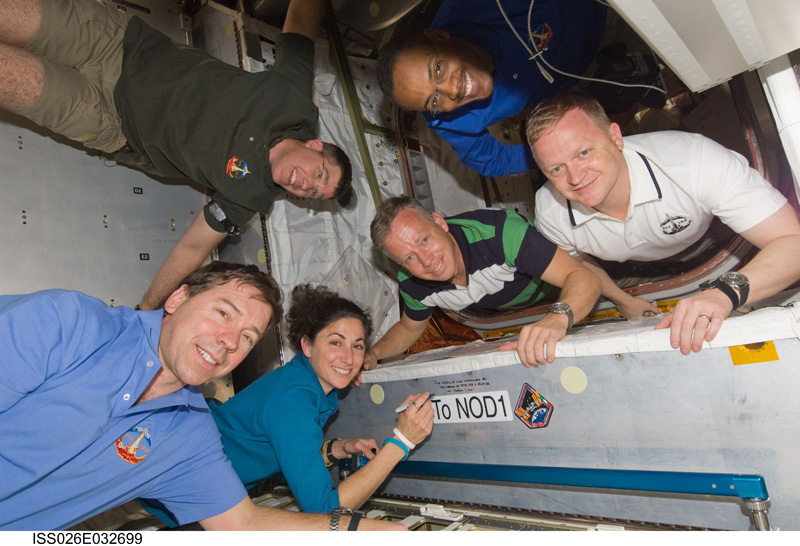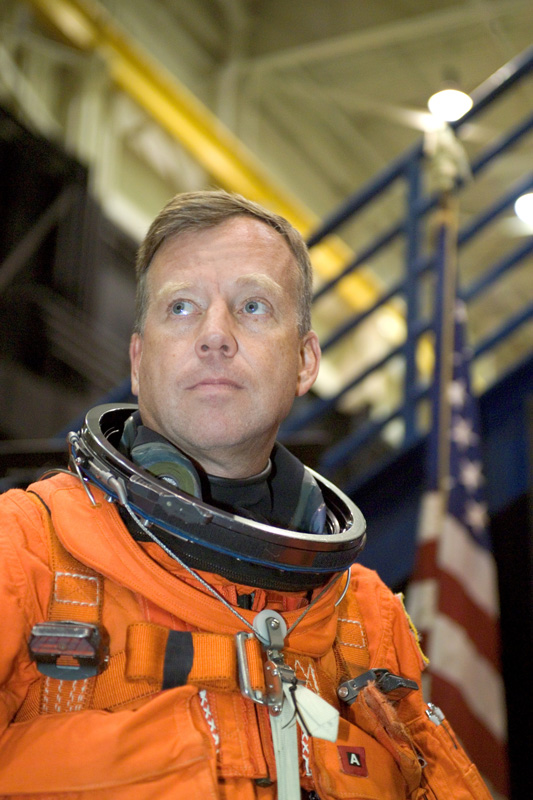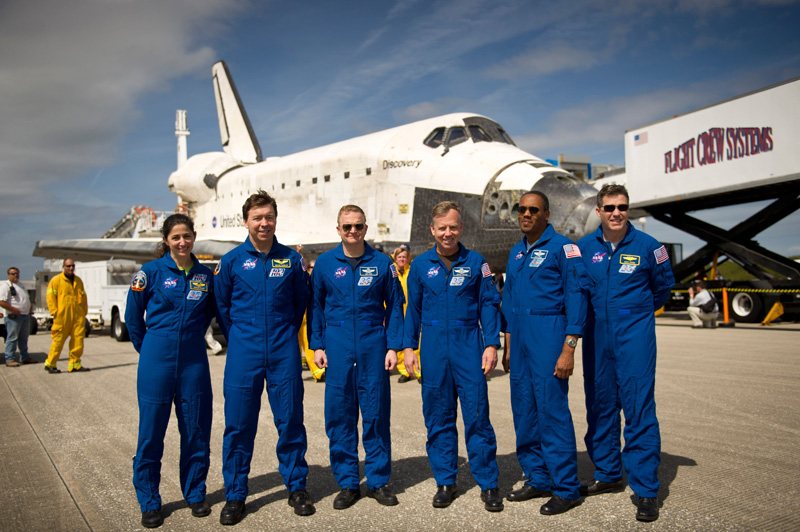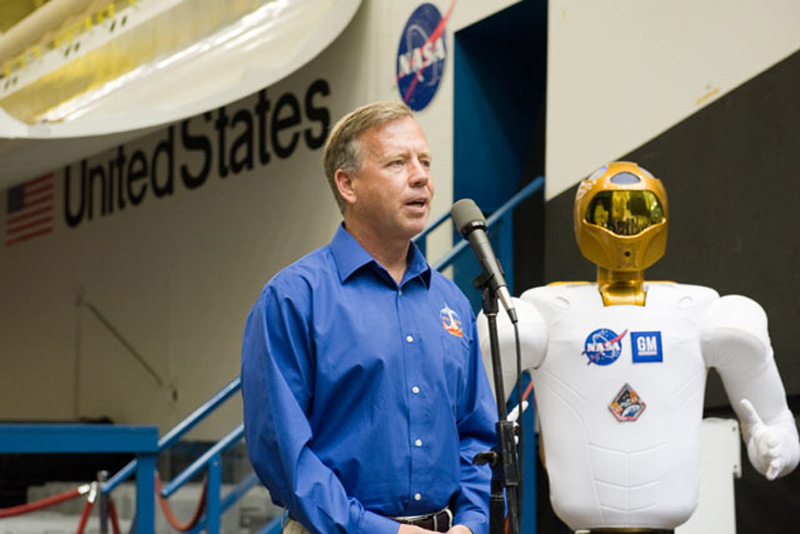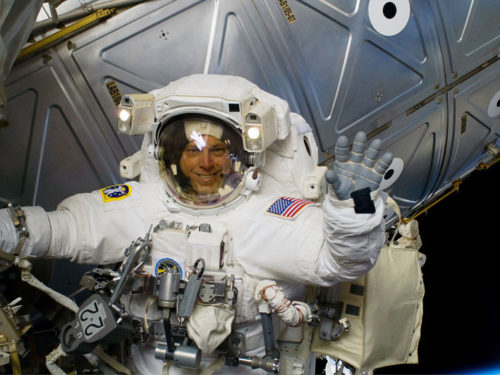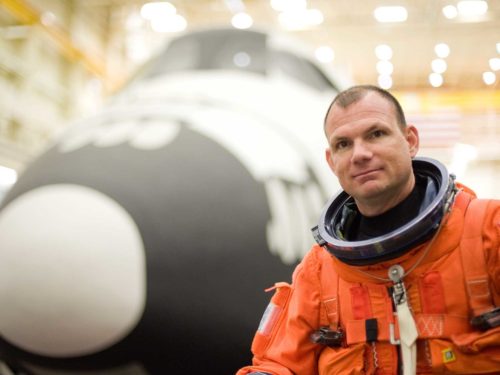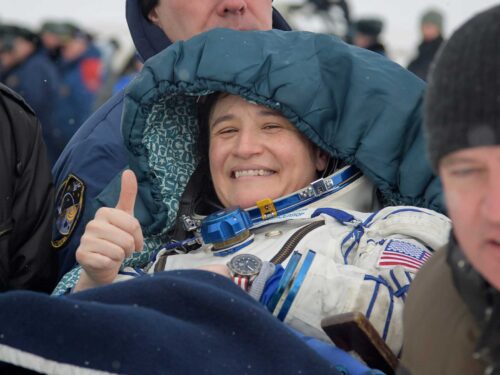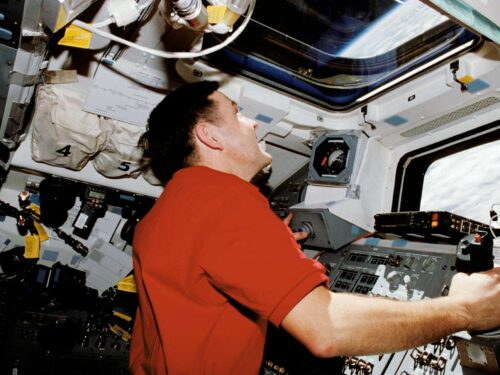
Astronaut, USAF Fighter & Experimental Test Pilot, Engineer, Program Manager, Speaker
– United States Astronaut, Retired – Pilot on STS-87 and STS-95, Commander on STS-104, STS-121 and STS-133; Logged 62 days 22 hours and 33 minutes in space
– Chief of the Astronaut office from September 2006-October 2009
– Eagle Scout from Troop 161
– Member of US Astronaut Hall of Fame
– Has logged more than 7,000 hours in more than 50 different aircraft types
– Flew as the Pilot on STS-95 with crew member John Glenn
– Commanded the second Return to Flight test mission after the Columbia accident
– Commanded the final flight of Space Shuttle Discovery
– Currently works for Sierra Nevada Corporation as Senior Director for Space Exploration Systems.
– Colonel, United States Air Force, Retired
For more information on booking Astronaut Steve Lindsey for speaking engagements, events or partnerships please contact us here
Biography
Steve Lindsey, (Colonel, USAF Retired) is a pilot, engineer, program manager, and a former NASA Astronaut. He flew on five space shuttle missions.
Lindsey graduated from the United States Air Force Academy with a Bachelor’s Degree in Engineering Sciences. After graduation from the Academy, he went on to pilot training, earned his wings and served as a combat ready pilot, instructor pilot, and academic instructor in the RF-4C Phantom II. Steve then attended graduate school at the Air Force Institute of Technology, earning a Master’s degree in Aeronautical Engineering. Upon graduation, he next completed the USAF Test Pilot School course and then served as an Experimental Test Pilot in F-16 and F-4 aircraft. He was selected as an astronaut in 1995.
Lindsey’s first flight to space was aboard Columbia for STS-87 as the pilot. Mission objectives were to conduct experiments using the US Microgravity Payload (USMP-4) and to deploy and retrieve the SPARTAN-201, a solar physics spacecraft designed to perform remote sensing of the sun. Additionally, during one of the flight’s spacewalks, Steve piloted the first flight of the AERCam Sprint, a free-flying robotic camera.
Lindsey’s second flight as a pilot was STS-95 aboard Discovery. This flight was of increased significance due to the fact that former Mercury Astronaut John Glenn was also a crewmember on this flight. This was a SpaceHab flight in which the crew successfully completed 83 different science experiments. On STS-95 the crew was responsible for the deploy and retrieval of the Spartan solar-observing spacecraft, as well as conducting the Hubble Space Telescope (HST) Orbital Systems Tests (HOST) to validate components for an upcoming HST servicing mission. This mission is also known for the first in-space use of a High Definition TV camera, and inaugurating the Advanced Television Systems Committee (ATSC) HDTV with live coast to coast coverage of the launch.
His first flight as Commander came on STS-104 (also known as ISS Assembly Mission 7A) aboard Atlantis. This flight was the 10th space shuttle flight to ISS. During this flight, the crew conducted three spacewalks to install, activate, and then perform the first spacewalk out of the ISS Quest Airlock.
STS-121 aboard Discovery was the second of two Return to Flight test missions after the Columbia mishap, and Lindsey’s second mission as Commander. The main purpose of this mission was to test new equipment and procedures to increase the safety of Space Shuttles, including heat shield inspection and repair techniques developed after the loss of Columbia. This mission, also known as ISS Assembly Flight ULF 1.1, brought over 14 tons of cargo to ISS and also delivered a new ISS crew member, increasing ISS crew size back up from 2 to 3 for the first time since the Columbia mishap. This mission’s success brought the Space Shuttle fleet back to operational status and enabled continued assembly of the ISS.
Lindsey’s fifth flight, STS-133, was his last space shuttle flight as well as the final flight of Discovery. This ISS Assembly Flight, ULF5, delivered the Permanent Multipurpose Module (PMM) Leonardo, and the fourth Express Logistics Carrier (ELC 4) – completing the assembly of the International Space Station. Additionally, the mission delivered critical spare components to the ISS, as well as Robonaut 2, the first human-like robot in space.
While at NASA, Lindsey also worked in the Shuttle Avionics Integration Laboratory (SAIL) doing flight software verification, was the Shuttle Landing and Rollout Representative responsible for training flight crews and testing orbiter landing techniques and flying qualities, led the Space Shuttle Cockpit Council, creating the Shuttle Cockpit Avionics Upgrade (CAU) program and was responsible for designing, testing, and implementing crew interfaces and displays for the Shuttle glass cockpit avionics upgrade, served as the Deputy Chief of Space Shuttle Operations, Chief of ISS Operations for the Astronaut office and then after STS-121 served as the Chief of the Astronaut Office.
Today Lindsey works at Sierra Nevada Corporation as the Senior Director of Space Exploration Systems, responsible for managing the Dream Chaser® Space System development including design certification, atmospheric flight tests, launch, orbit operations, deorbit, and landing of the Dream Chaser® spacecraft on missions to the International Space Station.
Links
Space Flight Insider: Insider Interview: From Shuttle to Shuttle an interview with Steve Lindsey – Part 1

